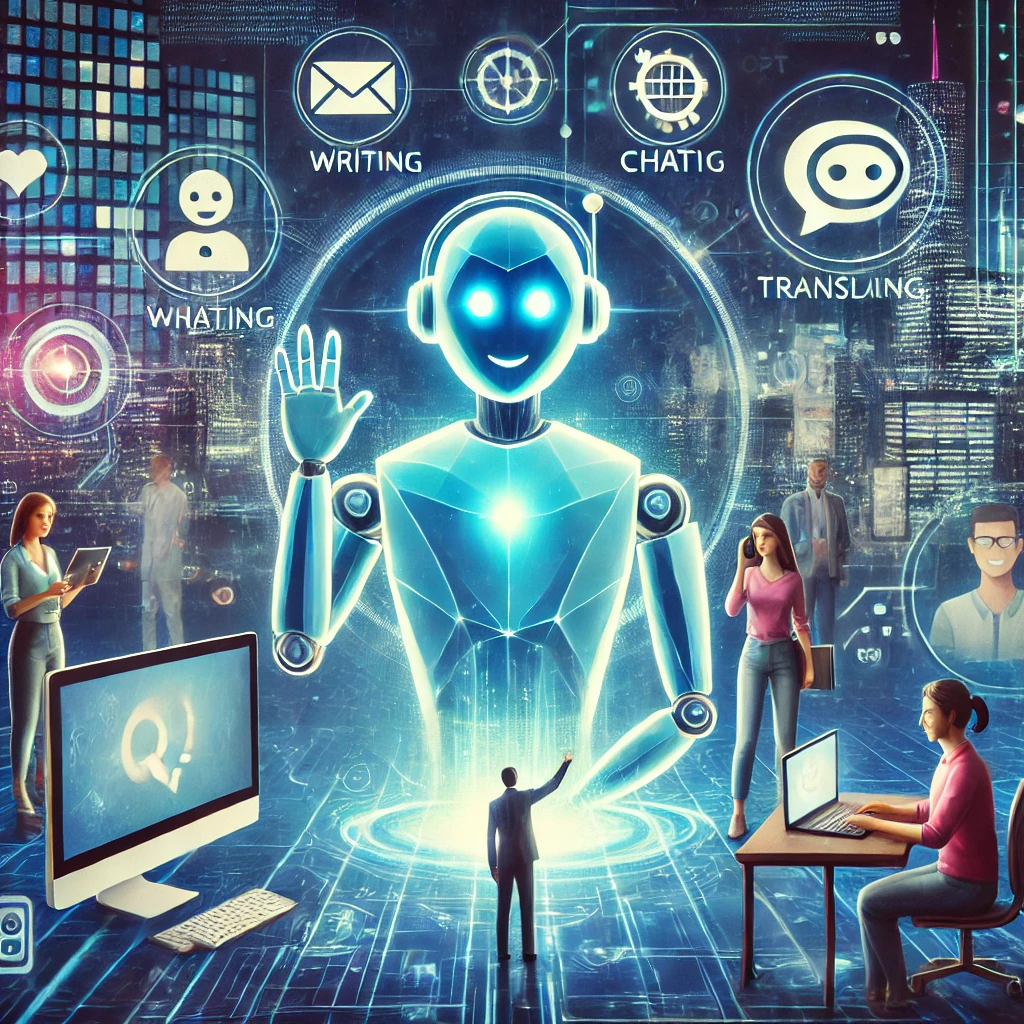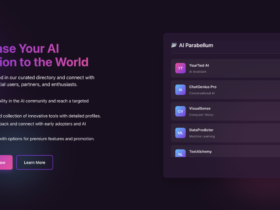
ChatGPT has taken the world by storm, revolutionizing how we interact with artificial intelligence. This powerful language model has captured the imagination of users across various fields, from casual enthusiasts to professionals in tech, education, and creative industries. Whether you’re a curious beginner or a seasoned user, this comprehensive guide will cover the essential information you need to know about ChatGPT, its capabilities, limitations, and potential impact on our digital landscape.
What is ChatGPT?
ChatGPT is an advanced AI language model developed by OpenAI, a leading artificial intelligence research laboratory. It uses sophisticated deep learning techniques to generate human-like text based on the input it receives. The “GPT” in its name stands for “Generative Pre-trained Transformer,” referring to the underlying technology that powers its remarkable capabilities.
At its core, ChatGPT is designed to understand and generate natural language, making it an incredibly versatile tool for a wide range of applications. From answering questions and engaging in conversations to assisting with writing tasks and problem-solving, ChatGPT has demonstrated an impressive ability to adapt to various user needs.
Key Features and Capabilities
- Natural language processing: ChatGPT excels at understanding and generating human-like text in multiple languages. This makes it an invaluable tool for global communication and language learning.
- Contextual understanding: One of ChatGPT’s most impressive features is its ability to maintain context throughout a conversation. This allows for more coherent and relevant responses, creating a more natural and engaging interaction.
- Versatility: The model can assist with a diverse array of tasks, including:
- Writing: From essays and articles to creative fiction and poetry
- Coding: Helping with programming queries and debugging
- Answering questions: Providing information on a wide range of topics
- Problem-solving: Offering strategies and solutions for various challenges
- Continuous learning: OpenAI regularly updates the model to improve its performance and expand its knowledge base, ensuring that it stays current and relevant.
- Customization: While the base model is highly capable, there are also fine-tuned versions of ChatGPT designed for specific industries or use cases, enhancing its utility for specialized applications.
How to Use ChatGPT Effectively
To get the most out of ChatGPT, consider the following tips:
- Be specific: The more detailed your prompts, the better the results you’ll get. Clearly state your requirements, preferences, and any constraints.
- Experiment with different phrasings: If you don’t get the desired output, try rephrasing your request. Sometimes, a slight change in wording can lead to significantly improved results.
- Use it as a brainstorming tool: ChatGPT can help generate ideas and overcome writer’s block. Use it to explore different perspectives or approaches to a problem.
- Fact-check important information: While ChatGPT is knowledgeable, it can sometimes provide inaccurate information. Always verify critical facts from reliable sources.
- Iterate and refine: Don’t be afraid to ask ChatGPT to revise or expand on its responses. You can guide it towards the specific output you’re looking for through multiple interactions.
Limitations and Considerations
While ChatGPT is a powerful tool, it’s important to be aware of its limitations:
- Potential biases: Like all AI models, ChatGPT may reflect biases present in its training data. Be mindful of this when using it for sensitive topics or decision-making processes.
- Lack of real-time information: ChatGPT’s knowledge has a cutoff date and doesn’t include the most recent events. For up-to-date information, always cross-reference with current sources.
- Inability to learn from interactions: Each conversation starts fresh, so the model doesn’t remember or learn from previous chats. This means you may need to reestablish context in longer interactions.
- Ethical considerations: Be mindful of potential misuse, such as generating misleading content or infringing on copyrights. Always use ChatGPT responsibly and in accordance with relevant laws and ethical guidelines.
- Lack of true understanding: Despite its impressive outputs, ChatGPT doesn’t truly understand language or possess consciousness. It’s a highly sophisticated pattern recognition and text generation tool, but it doesn’t have genuine comprehension or emotions.
The Future of ChatGPT
As AI technology continues to advance at a rapid pace, we can expect ChatGPT and similar models to become even more sophisticated. Potential future developments may include:
- Improved accuracy and reduced biases through more diverse and carefully curated training data
- Integration with other AI technologies, such as computer vision or speech recognition, for more comprehensive AI assistants
- More specialized versions for specific industries or applications, tailored to particular professional needs
- Enhanced real-time learning capabilities, allowing the model to update its knowledge more frequently
- Improved ability to understand and generate nuanced emotional content, making interactions even more natural
By understanding ChatGPT’s capabilities and limitations, you can harness its power to enhance your productivity, creativity, and problem-solving skills. As with any powerful tool, responsible and thoughtful use is key to getting the most out of this revolutionary AI technology. As we continue to explore the potential of language models like ChatGPT, we’re likely to see even more innovative applications and advancements that will shape the future of human-AI interaction.












